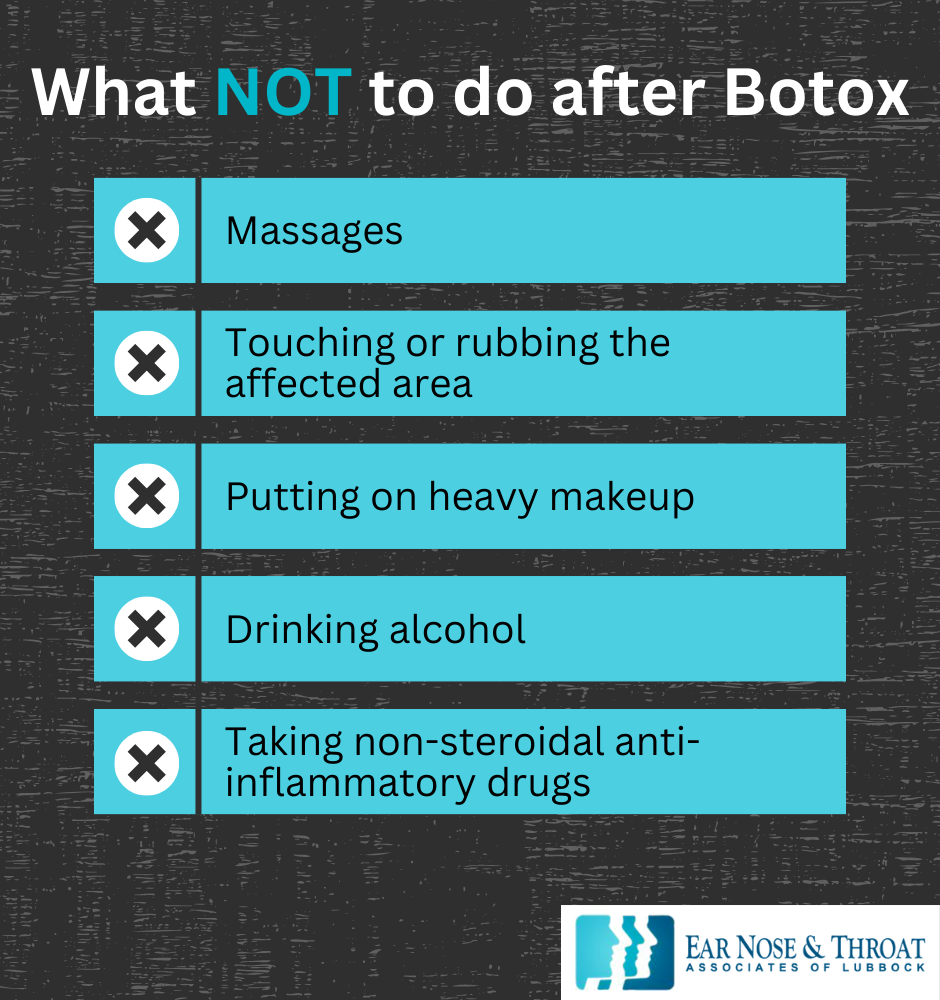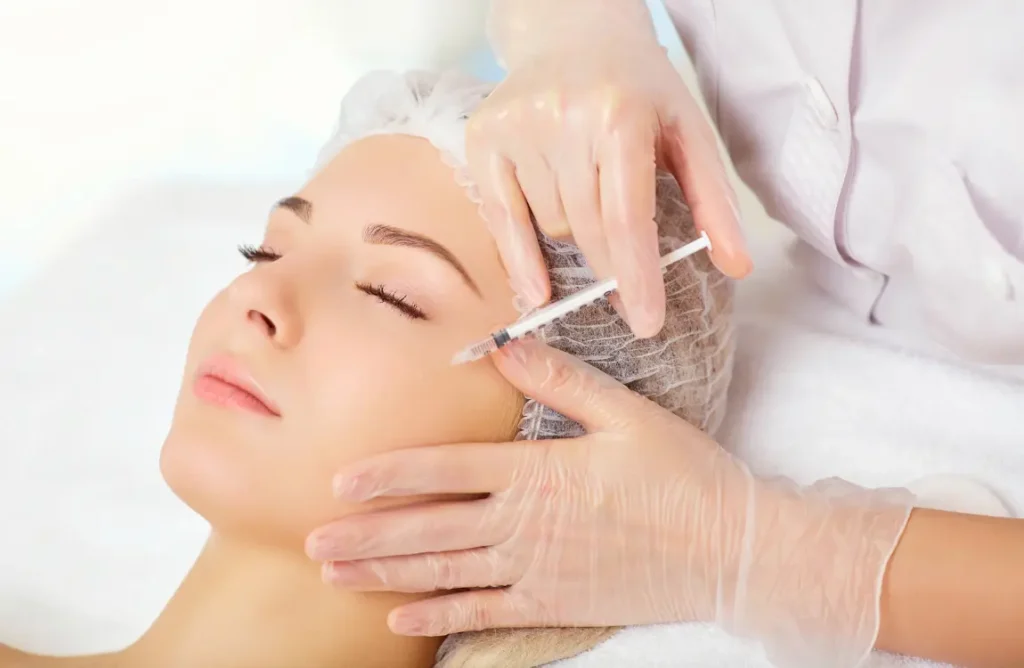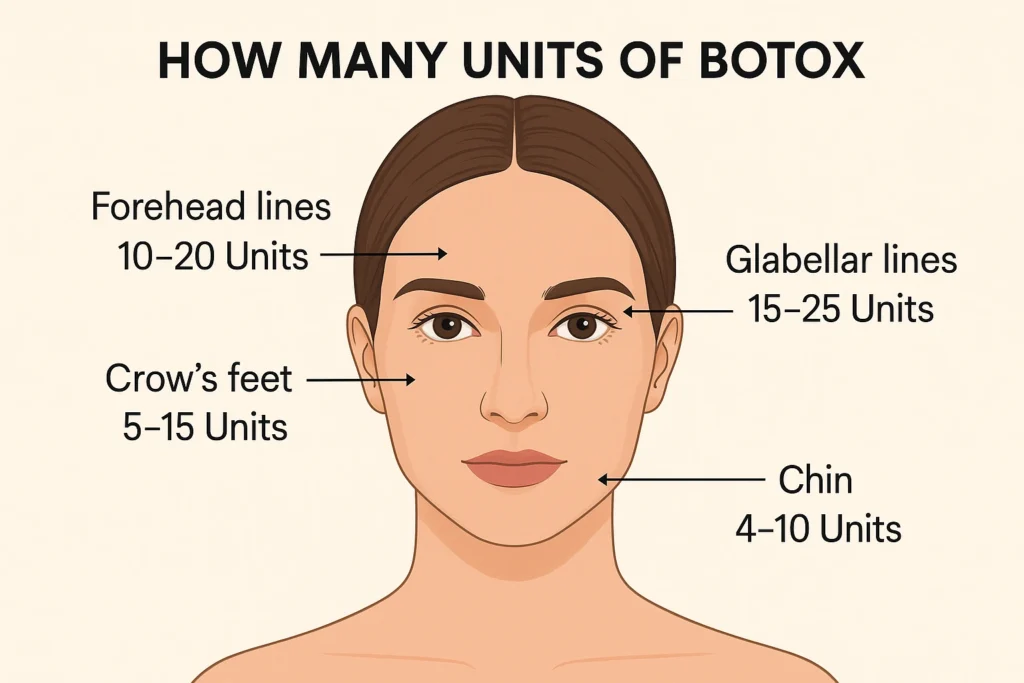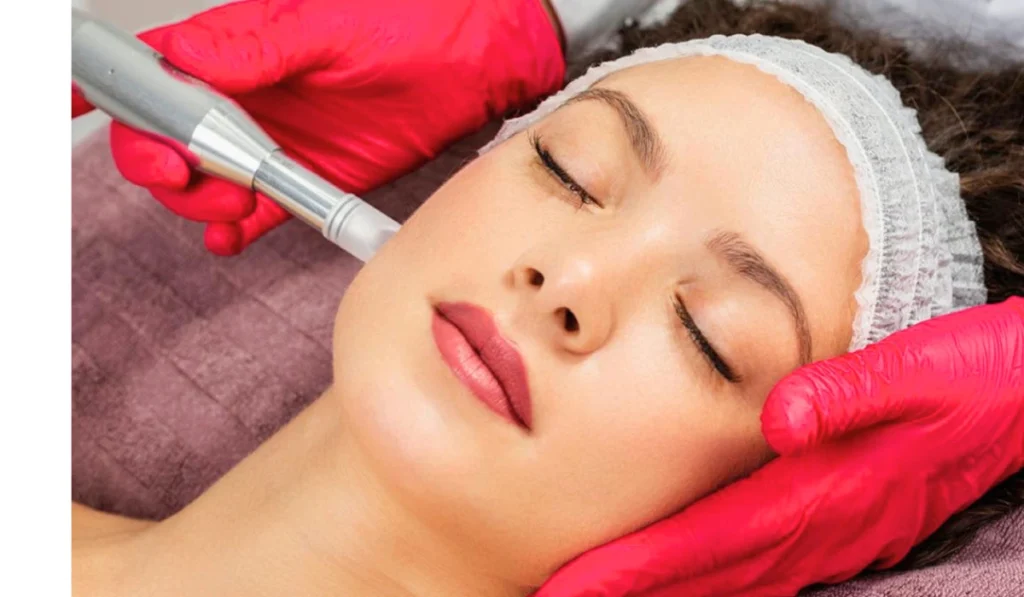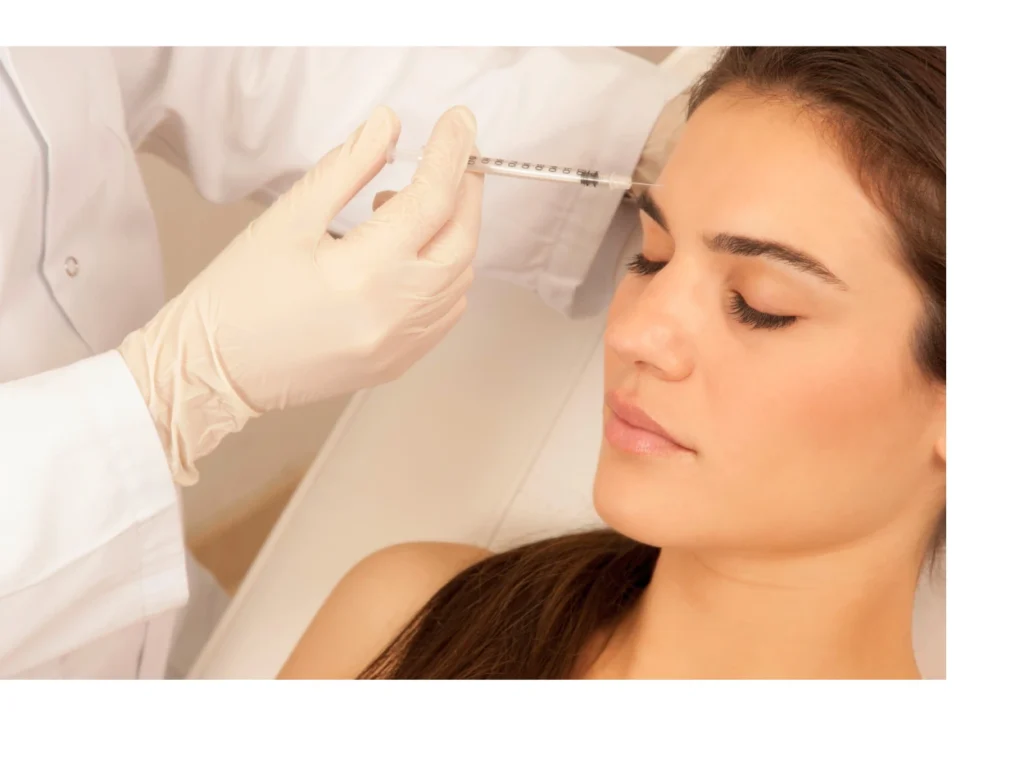Yes, you can workout after Botox, but timing matters. Exercising too soon may affect your results.
Botox injections are popular for reducing wrinkles and fine lines. Many people wonder if they can maintain their fitness routine after the treatment. Understanding the impact of exercise on Botox is essential for optimal results. Exercising too soon can cause the Botox to spread, leading to unwanted side effects.
It’s crucial to follow your doctor’s advice and allow the Botox to settle properly. In this blog post, we’ll explore the best practices for working out after Botox, ensuring you achieve the desired outcomes while staying fit and healthy. Stay tuned to learn how to balance your fitness goals with your Botox treatment.
Introduction To Botox And Workouts
Can you workout after Botox? This question often arises among fitness enthusiasts. Botox, a popular cosmetic treatment, has specific guidelines. Understanding these guidelines helps ensure safety and effectiveness. Let’s dive into how Botox and workouts intertwine.
What Is Botox?
Botox is a neurotoxin derived from Clostridium botulinum. It temporarily paralyzes muscles. Medical professionals use it to reduce wrinkles and fine lines. Botox is injected into the skin in small doses.
Common Uses Of Botox
Botox treats several conditions. It reduces facial wrinkles. Many people use it for forehead lines, crow’s feet, and frown lines. Botox also addresses medical issues. It can treat migraines, excessive sweating, and muscle spasms.
Understanding Botox and its uses is important. It helps in making informed decisions about post-treatment activities. This includes workouts. Knowing what Botox does prepares you for the next steps.
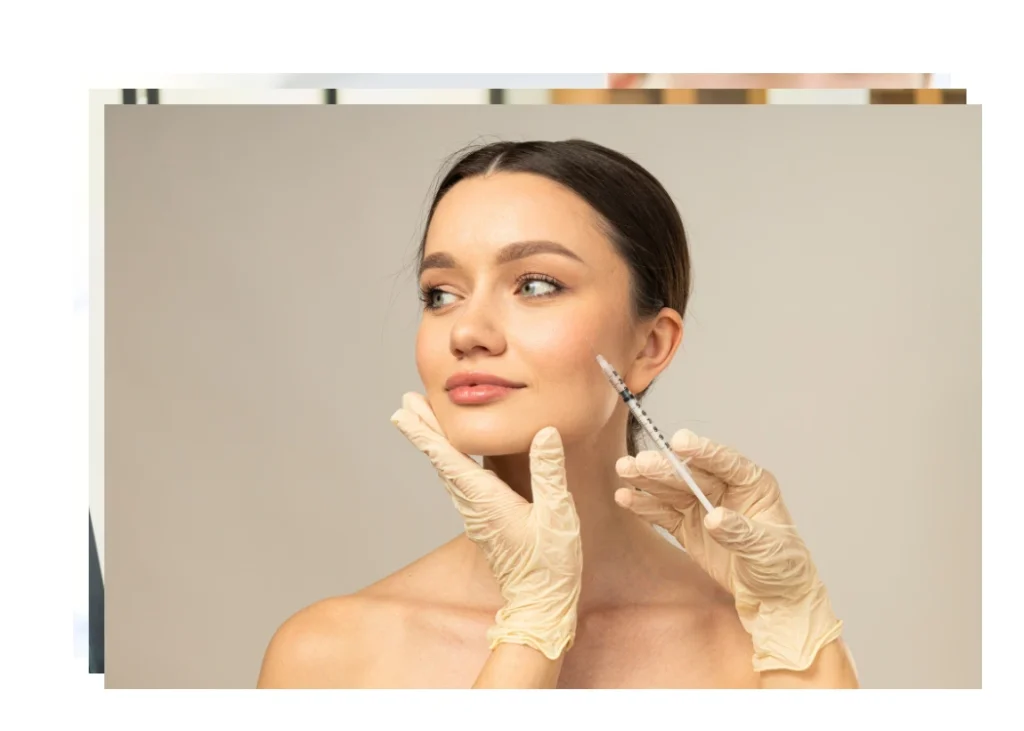
Immediate Effects Of Botox
Botox treatments are popular for reducing wrinkles and fine lines. Many wonder about the immediate effects of Botox, especially if they can resume their workout routine. Understanding the initial impacts helps in planning post-treatment activities effectively.
Post-injection Symptoms
After receiving Botox, you may experience some common symptoms. These include redness, swelling, and minor bruising at the injection sites. Such symptoms are temporary and usually subside within a few hours. Mild discomfort is also normal and doesn’t last long.
Initial Recovery Period
The first 24 hours after Botox are crucial for recovery. During this period, it’s important to avoid strenuous activities. Exercise can increase blood flow, which might spread the Botox to unintended areas. Rest and gentle movements are recommended to ensure the Botox settles properly.
Workout Restrictions After Botox
Botox is a popular cosmetic treatment known for reducing wrinkles. Yet, after getting Botox, certain restrictions are crucial to follow. One common question is whether it’s safe to exercise post-treatment. Let’s delve into the workout restrictions after Botox to ensure you get the best results.
Why Avoid Exercise?
Exercise increases blood flow and heart rate. This may cause Botox to spread to unintended areas. Additionally, physical activity might lead to bruising or swelling. Maintaining your normal routine can jeopardize the treatment’s effectiveness. To avoid complications, it’s best to hold off on exercising.
Recommended Waiting Time
Experts suggest waiting at least 24 hours before resuming exercise. Some even recommend a 48-hour pause for vigorous activities. The waiting time allows Botox to settle properly. Ensuring a period of rest helps achieve optimal results. Consult your doctor for personalized advice. Your body will thank you for the patience.
Safe Exercises Post-Botox
Light exercise is safe after Botox, but avoid intense workouts for 24 hours. Gentle activities like walking are recommended.
After receiving Botox, many wonder if they can continue exercising. The short answer is yes, but with some precautions. It’s essential to choose the right activities to avoid complications. This section will guide you on safe exercises post-Botox.
Low-impact Activities
Low-impact exercises are ideal after Botox. They minimize strain on treated areas. Walking is a perfect choice. It’s gentle and keeps you active. Cycling at a relaxed pace is another option. It improves circulation without excessive movement. Swimming can be beneficial too. Just ensure not to submerge your face for long periods.
Stretching And Yoga
Stretching can help maintain flexibility post-Botox. Gentle stretches ensure muscles remain loose. They also prevent stiffness. Yoga is another excellent option. It promotes relaxation and improves blood flow. Focus on poses that don’t strain your face. Child’s pose and seated forward bend are good examples. Avoid inverted poses like headstands.
“`
Signs You Should Stop Exercising
After getting Botox, exercising can be tricky. Knowing the signs you should stop exercising is crucial. This helps prevent complications and ensures you heal properly. Here’s what you need to watch out for.
Warning Symptoms
Noticing certain symptoms can signal that you need to stop. Some of these warning signs include:
- Severe headache
- Blurred vision
- Swelling in the treated area
- Drooping eyelids
These symptoms may indicate that Botox is spreading to unwanted areas. This can cause complications.
When To Contact Your Doctor
If you experience any of these symptoms, contact your doctor immediately:
- Difficulty breathing
- Severe muscle weakness
- Difficulty swallowing
- Loss of bladder control
These are serious signs that require medical attention. Your doctor will provide guidance on the next steps.
Remember, your health comes first. Pay attention to your body and act quickly if you notice any issues.
Expert Tips For Safe Workouts
Getting Botox can improve your appearance. But many wonder about working out after Botox. Can you hit the gym safely? Yes, with some expert tips, you can maintain your fitness routine. Here are some tips for safe workouts after Botox.
Hydration And Nutrition
Staying hydrated is key after Botox. Drink plenty of water daily. Water helps your body recover and keeps your skin healthy. Eat a balanced diet. Include fruits, vegetables, and lean proteins. These foods provide essential nutrients. They help your body heal and maintain energy levels. Avoid alcohol and caffeine. They can dehydrate you. This could affect your recovery.
Gradual Intensity Increase
Start with light exercises. Avoid intense workouts for at least 24 hours. Give your body time to adjust. Gradually increase your workout intensity. Listen to your body. If you feel discomfort, slow down. Pay attention to your Botox-treated areas. Avoid exercises that strain these areas. For example, heavy lifting or high-impact cardio. Gentle activities like walking or yoga are good choices. As you feel more comfortable, you can slowly get back to your normal routine.
Long-term Care After Botox
After getting Botox, taking care of your skin is crucial. This ensures you get the best results. It also helps in maintaining those results for a longer time. Proper care involves various steps, including maintaining your results and scheduling follow-up appointments. Let’s dive into these aspects in detail.
Maintaining Results
To keep the benefits of Botox, follow these simple tips:
- Stay Hydrated: Drink plenty of water daily. Hydration keeps your skin healthy and glowing.
- Sun Protection: Use sunscreen with SPF 30 or higher. This prevents sun damage which can affect the results.
- Gentle Skincare: Use mild cleansers and moisturizers. Avoid harsh products that can irritate your skin.
- Healthy Diet: Eat a balanced diet rich in vitamins. Nutrients like vitamin C and E support skin health.
- Avoid Smoking: Smoking can speed up skin aging. Avoiding it helps in maintaining your Botox results.
Follow-up Appointments
Regular follow-up appointments are essential for long-term care. These appointments help in monitoring your progress and making necessary adjustments.
- First Appointment: Schedule your first follow-up within 2 weeks. This ensures the Botox has settled properly.
- Regular Check-ups: Visit your doctor every 3-4 months. This helps in maintaining the desired look.
- Discuss Concerns: Share any concerns with your doctor. Open communication helps in achieving the best results.
Regular care and follow-up are key to enjoying the benefits of Botox. With these steps, you can maintain a youthful and refreshed look for a longer time.
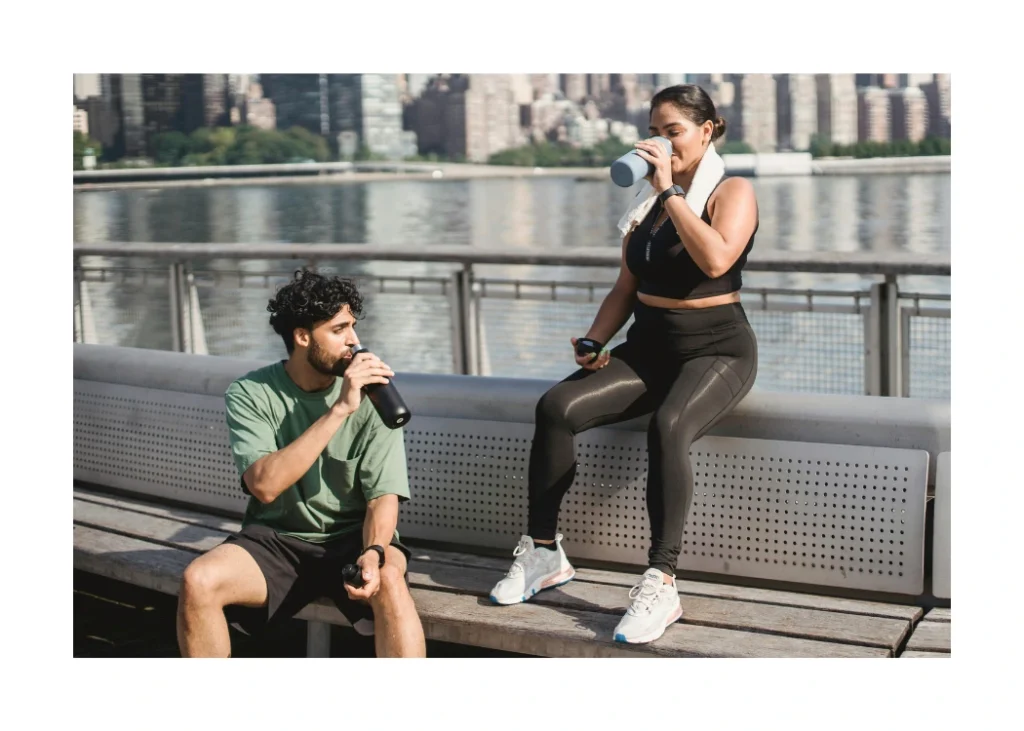

Frequently Asked Questions
Can You Exercise Immediately After Botox?
No, you should wait at least 24 hours before exercising. This helps prevent the Botox from spreading.
What Types Of Workouts Should You Avoid After Botox?
Avoid intense workouts like running or weight lifting. These can increase blood flow and affect Botox results.
How Long Should You Wait To Workout After Botox?
Wait at least 24 to 48 hours before doing any physical activity. This ensures the Botox sets properly.
Why Is It Important To Avoid Exercise After Botox?
Exercise increases blood flow, which can cause Botox to move from the injection site. This may lead to unwanted results.
Conclusion
Working out after Botox needs careful consideration. Give your body time to heal. Avoid intense exercises for at least 24 hours. Listen to your body and follow your doctor’s advice. Light activities like walking are usually fine. Stay informed and safe.
This approach ensures you get the best results from your Botox treatment. Happy exercising!

